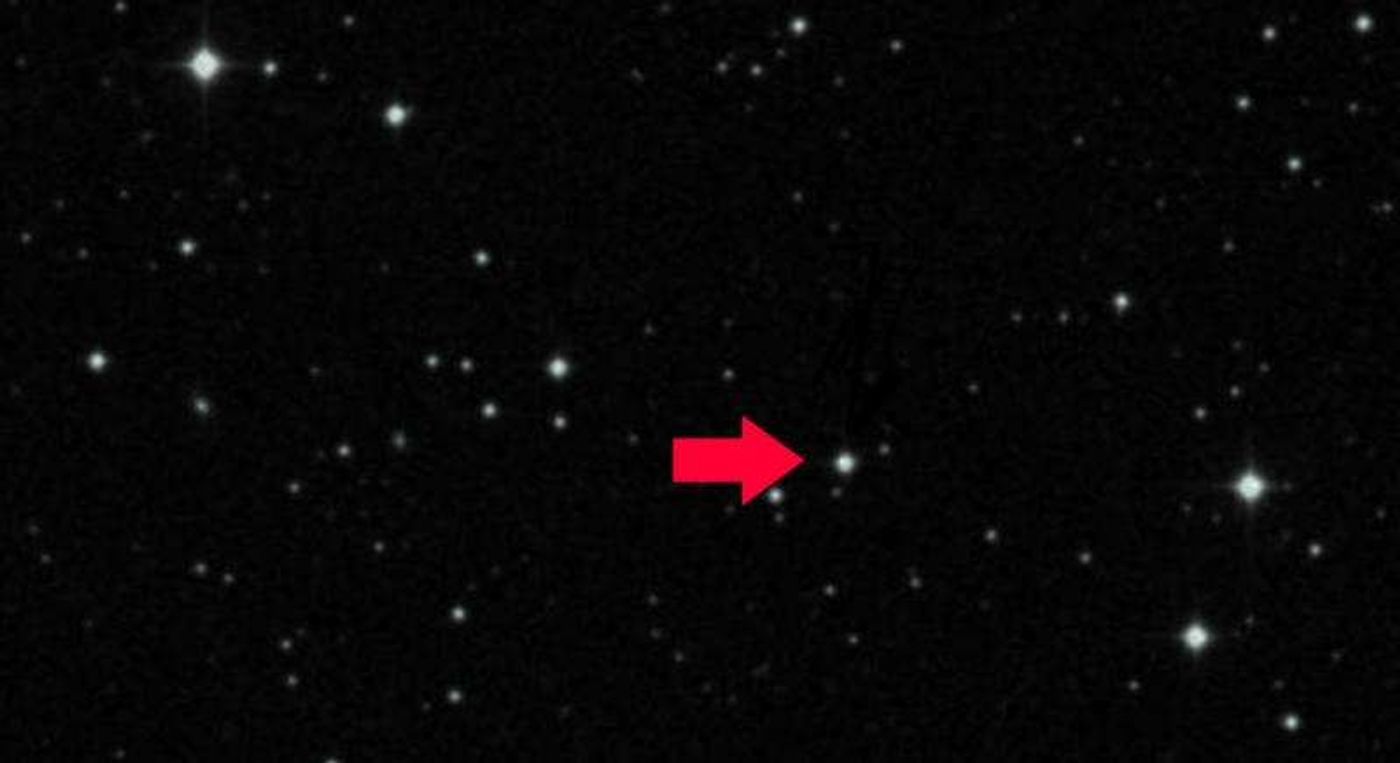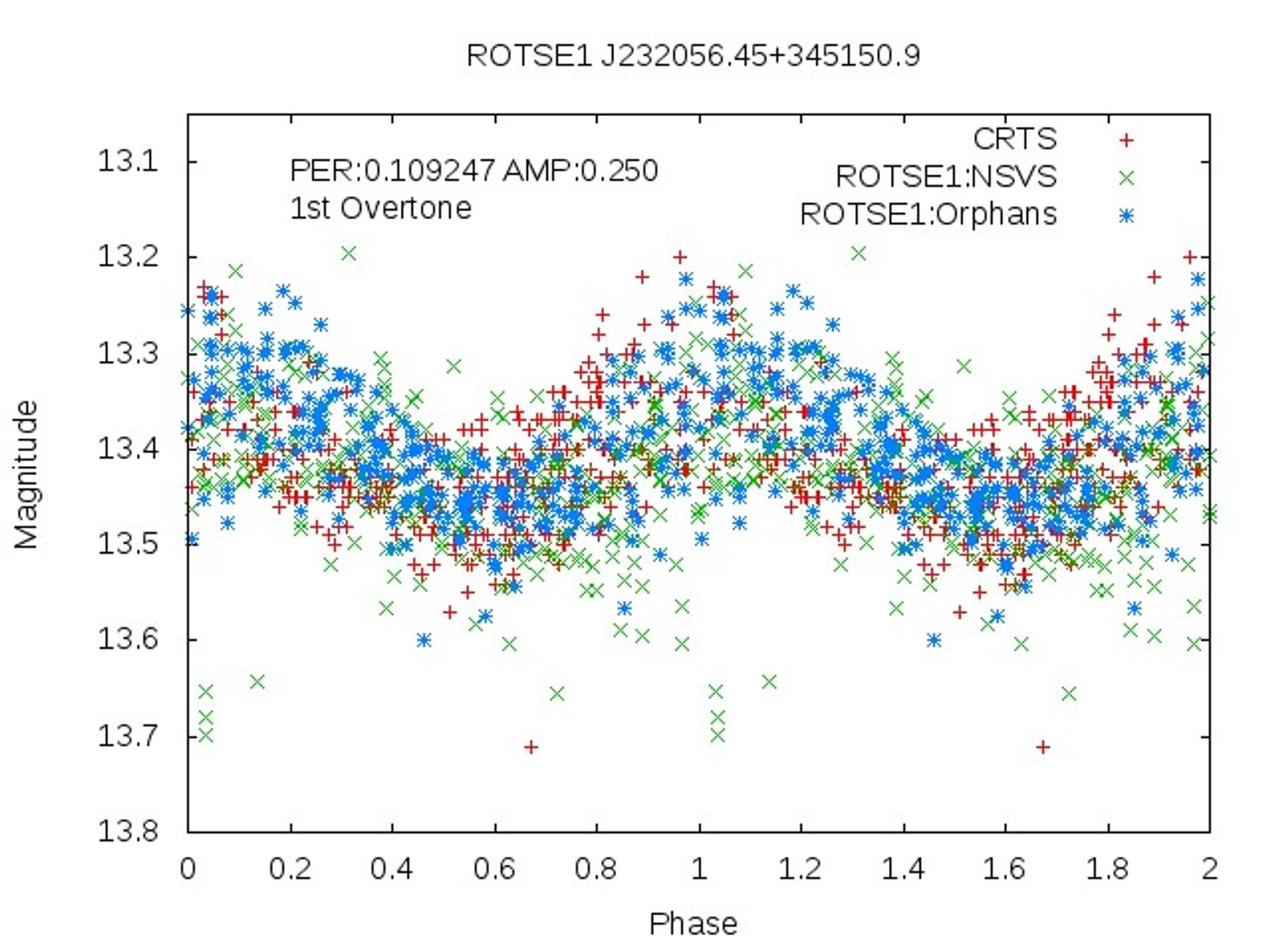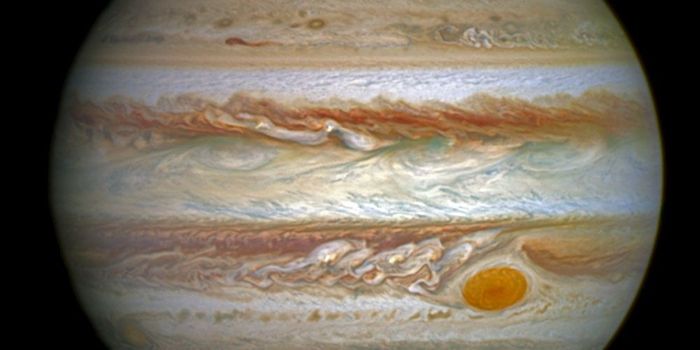There Are Only 7 Stars Like This One in the Milky Way
There exists a type of star so rare that only 7 of them are known to exist in our Milky Way galaxy, and one of those was only just recently discovered.
It’s said to have been found by a high school student while he was studying at the Los Alamos National Laboratory in New Mexico, and researchers are taking a closer look at it. The object exists no further than 7,000 light years away from Earth.
Image Credit: Palomar Observatory Sky Survey
In the class of pulsating variable stars, which vary in brightness from time to time due to physical changes happening within, are a specific category called ‘delta Scuti’ pulsating stars.
These aren’t as common, despite the tens of billions of stars in the Milky Way, and they exhibit their pulsating qualities because the star’s surface undergoes internal chemical changes that allow both radial and non-radial pulsations, hence the name pulsating star.
In a radial pulsation, the star will contract and expand in a spherical manner while maintaining its general shape (i.e., a round ball growing and shrinking). A non-radial pulsation does just the opposite, making the star contract and expand in a non-spherical manner where some parts of the surface move inward and others move outward (i.e., a sphere-shaped ball transforming into a football-shaped object).
This activity is caused by internal chemistry and physics in the star. As the hydrogen fuel is used, it can sometimes go through periods where it burns either cooler or hotter. In the latter instance, the star becomes larger and brighter, and in the former instance, the star becomes smaller and dimmer.
For what seems like a unique discovery in and by itself, perhaps even more fascinating is that unlike other delta Scuti pulsating stars, this (still unnamed) type of object has three types of oscillation instead of only two.
This discovery was made possible after researchers examined graphs of light curve activity and compared them with that of other delta Scuti pulsating stars.
Image Credit: SMU
"When I began the analysis of the object, we had an initial idea of what type it could be," said Eric Guzman from the University of Texas, Dallas.
"My task was to take the data and try to confirm the type by finding a second period that matched a known constant period ratio. After successfully finding the second mode, I noticed a third signal. After checking the results, I discovered the third signal coincided with what is predicted of a third pulsation mode."
Selta Scuti pulsating stars can be further divided into more subsets based on their qualities. High amplitude delta Scuti (HADS) are the next category down the list, and there also exists another subset beyond that called HADS(B), but there isn’t yet a subcategory beyond that, and that’s the category where these 7 rare kinds of pulsating stars would reside if they were to fit anywhere in modern categorization.
While the experts that deal with star categorization may not yet have a name for this unique class of pulsating stars, this discovery might be just the exposure these kinds of objects need to get a name for themselves.
It should be interesting to see if any more of this particularly rare subset of pulsating stars pop up in the future.
Source: SMU










